Ever since our Firefly phototherapy device entered production in 2012, DtM partner MTTS has continued to iterate and improve upon the original design. The latest model Firefly has taken a huge leap in clinical intensity: 50% brighter intensity from above the baby, and almost double the intensity from below.
In clinical terms, this means faster phototherapy treatment, and more babies going home earlier with their families. It also means more babies with severe jaundice will be successfully treated with Firefly instead of requiring an exchange blood transfusion, the risky and expensive jaundice treatment of last resort.
In product design terms, the higher intensity means we have more options in designing our Otter Newborn Warmer. Given that Firefly provides such incredibly high intensity illumination from below the baby, we can worry less about Otter’s conductive warming surface filtering too much of the phototherapy light from below.
Light intensity measurement is a tricky business. The IEC specifications call for measurements in terms of light energy per surface area over a narrow frequency band. The resulting unit of measurement is the microwatt per centimeter-squared per nanometer (uW/cm^2/nm). Given the difference in light spectrum emitted by different bulb technologies (incandescent, fluorescent, LED), it’s important that your light meter is rated specifically for your light source. For all of our light-intensity or irradiance tests, we’ve used an Ohmeda meter that is rated specifically for LEDs.
The IEC specifications define phototherapy intensities as follows:
“effective” phototherapy: at least 10 uW/cm^2/nm
“intensive” phototherapy: greater than 30 uW/cm^2/nm.
The beta or production prototype of Firefly was measured to provide an average or 23 uW/cm^2/nm from above the newborn, and 34 from below. In 2014, the first version of Firefly units from the factory were measuring at 22 uW/cm^2/nm from above the newborn, and 27 from below.
We just tested latest model Firefly with our Ohmeda meter and measured an average of 35 uW/cm^2/nm from above the newborn, and 50 from below.
click to enlarge
The other tricky part of measuring light intensity is experimental versus real-world conditions. With conventional phototherapy devices, the user has significant flexibility in orienting the lights above the newborn, and how many newborns to jam under a single light. This isn’t necessarily a good thing.
A phototherapy light tilted at an angle or raised too high will provide lower-intensity and less effective treatment. Cramming too lots of babies under a single light designed to treat one newborn may mean that the newborns at the edge of the mattress are getting lower-intensity and less effective treatment.
Firefly is designed such that the lights and the baby bed are fixed--we’ve eliminated the common user errors described above. This gives us more confidence that the light intensity we measure in the lab is the same light intensity that will reach sick and vulnerable newborns at rural hospitals.




